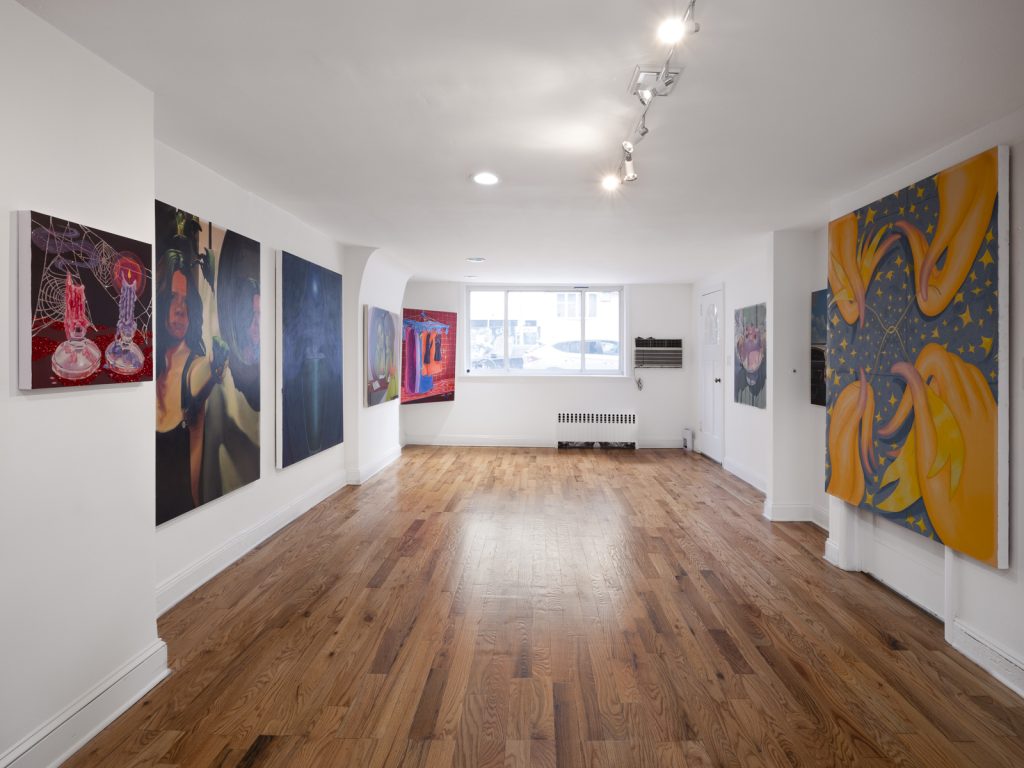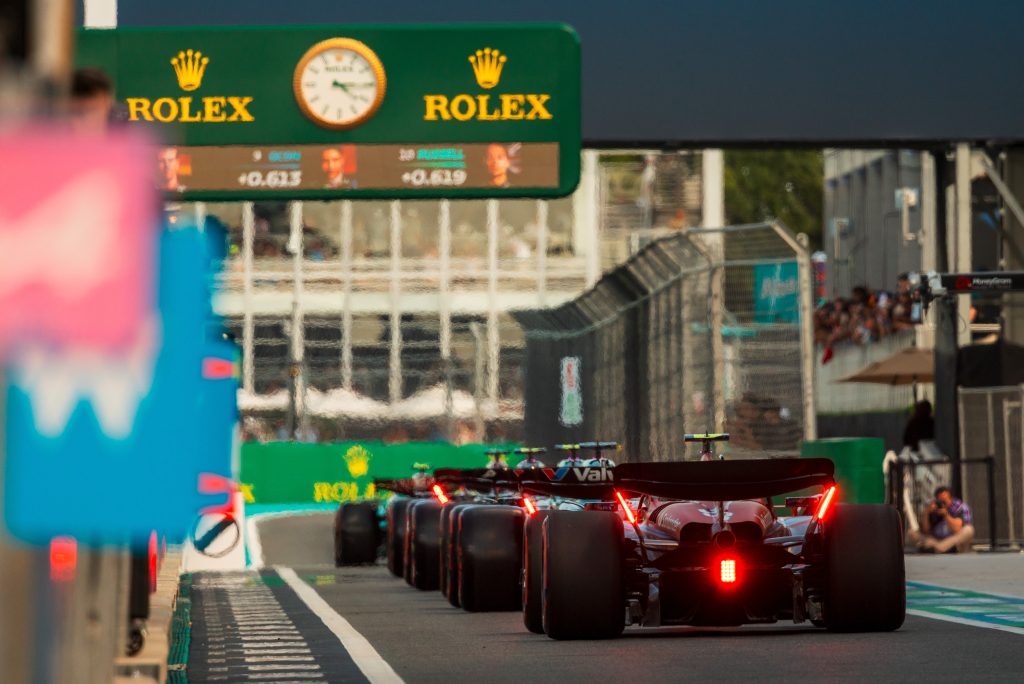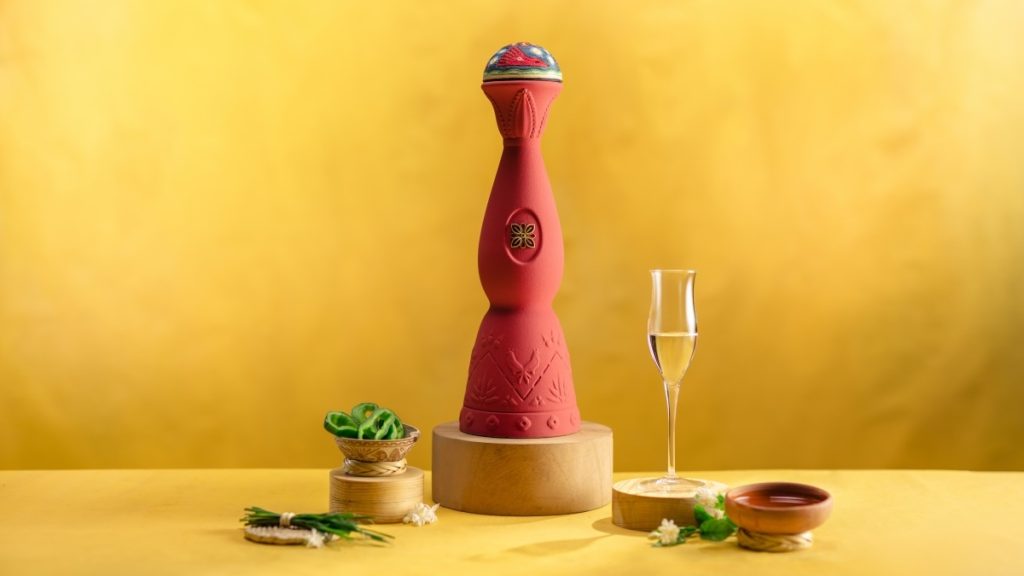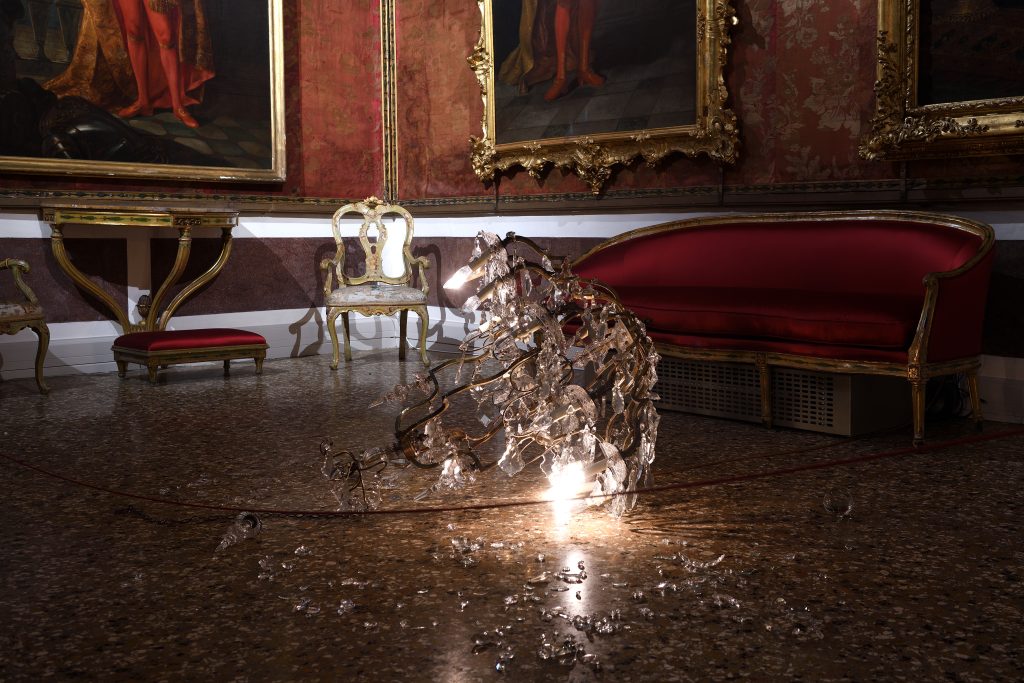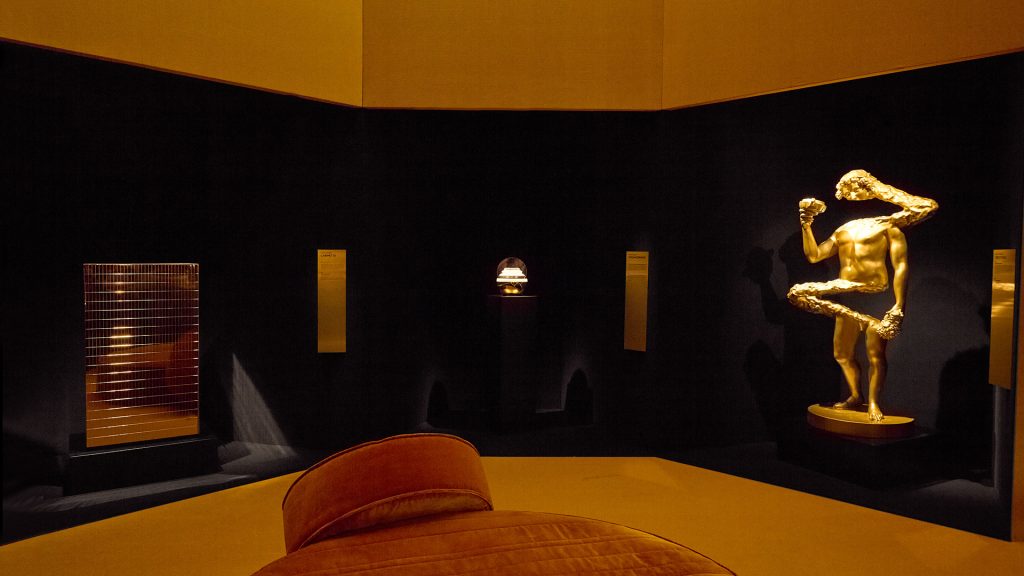Liz Lidgett Gallery and Design’s Approachable Ethos Proves “Art is for Everyone”
An Iowa-based cultural epicenter that pays artists fairly and on time, provides free art education and more

To the uninitiated, Iowa—with its abundance of corn fields and pig farms—may seem like the last place to give rise to a thrilling art scene. But, as it turns out, the Midwest’s welcoming attitude makes for an ideal hub for artists and art enthusiasts, and Des Moines’ bubbling art scene is evidence of that. At the center of this growing art community is Liz Lidgett Gallery and Design, whose accessible approach to art is a necessary breath of fresh air. Representing 50 artists (including Hunt Slonem) from the state and beyond, the three-year-old gallery implements communicative, transparent and educational practices that set a new standard for how to showcase and sell art.
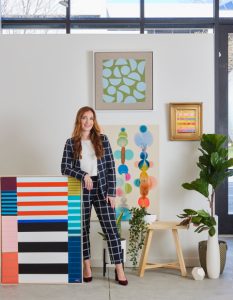
Helming the space, eponymous founder Liz Lidgett knew Des Moines was ready for another gallery—one that operates on its own terms. Lidgett, who previously worked as an art advisor for seven years, observed firsthand how galleries can fall short of creating a welcoming environment for guests. She tells us, “Sometimes galleries have made a name for themselves by being snooty or elitist—not all galleries are that way, but there are some. I think those are the ones that become this stereotype… and it doesn’t need to be.” That sense of elitism prevents many from entering into art spaces and really connecting with works.

At Liz Lidgett, exclusivity is nowhere to be found, including within the array of budgets the gallery and consulting business cater for, starting at $150. “I think it’s important for people to understand that they can live with artwork on their walls. You don’t have to be a millionaire to buy original artwork. Art is for everyone. I don’t think it has to be just for a specific budget level. It doesn’t just have to be for the 1%,” continues the founder. She points out, “The art world doesn’t really look like that. The art world is actually made up of artists that are selling pieces on Etsy and are emerging artists, people that are actually making a living selling pieces for $150 or $1,000.” These are the types of artists that the gallery largely represents, enabling them to offer clients more accessibly priced works.
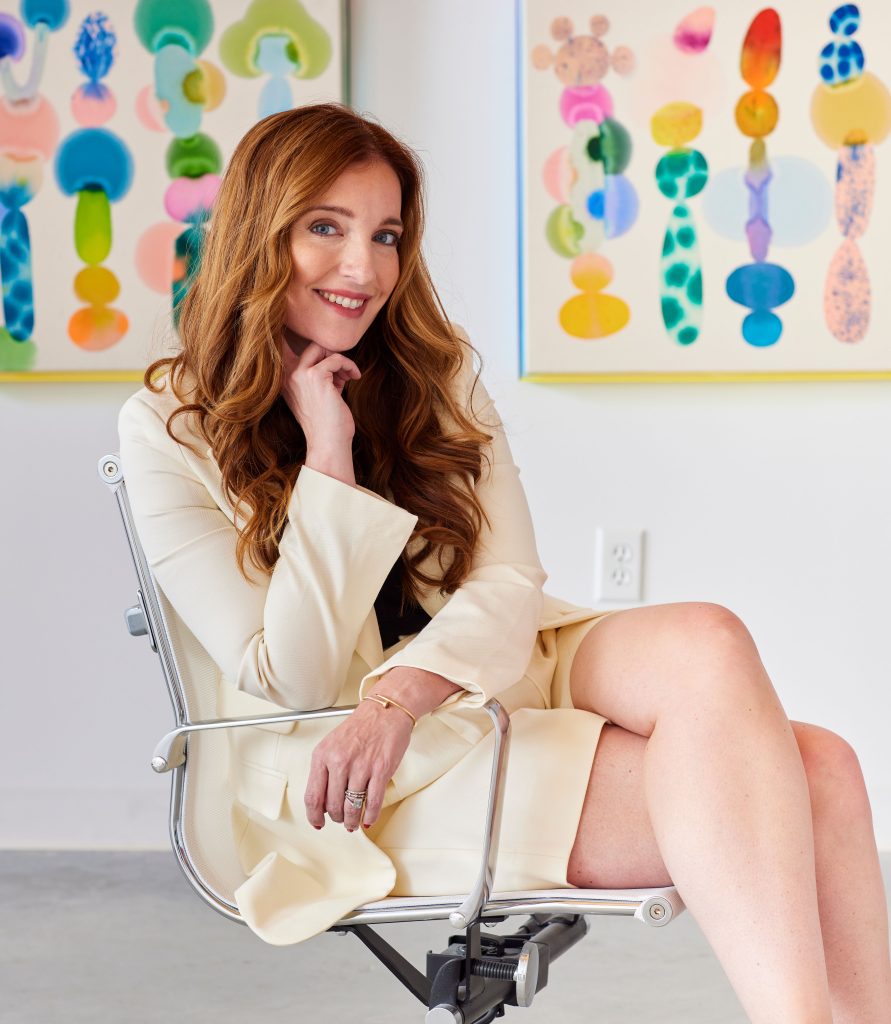
When exhibiting the artworks themselves, the gallery continues its approachable ethos. From the moment people enter, visitors are greeted warmly and invited to ask questions—details that seem small but make a difference in cultivating an inclusive space. “We label all of our artwork with who the artist is, title, size, price—that’s really important for me, I don’t want people to feel stupid for asking questions,” Lidgett explains. In contrast, many galleries don’t label their pieces, which can imply that “if you don’t know who the artist is and if you have to ask the price, then you can’t afford it,” says Lidgett. “That’s not real life for the most of us.”

In fact, Lidgett knows that in reality, many people don’t have access to education in art history or know how to go about looking at art. On the gallery’s Instagram as well as her own, she works to expand this access by teaching people what she’s learned, from how to view an artwork by looking at it from multiple angles to sharing a piece from the gallery each day. The goal, she tells us, is to help people connect with art in more impactful ways.
This care and communication isn’t just for to clients and newcomers, however, Lidgett pays an equal amount of diligence and respect to the artists the gallery represents, who are comprised of 50% women and Black, Indigenous or other people of color. “A survey was done probably a decade or more ago now that said people and communities really love and value artwork, but they didn’t value artists. It seems so straightforward, but art comes from artists. We need to be valuing the people that are putting so much love and dedication, skill and talent, into the pieces as well.”

In practice, this means the gallery pays their artists fairly and on time and communicates with each of them regularly, letting them know when a piece is purchased, what work is selling or what’s not garnering collector interest. At the end of the year, the gallery sends a feedback form to everyone on their roster to see what more they can do to support the artists they represent. It’s a level of care and dedication that can only come from understanding the gravity of what being shown at a gallery means to these artists, which Lidgett sums up herself: “We have 50 artists that we represent. I think about how that’s like 50 small businesses that I get to help support.”
“I’m making an impact both for the community itself and other artists”
For Lidgett, having a gallery in Iowa also means bearing a responsibility to support the local community. “One of the exciting things about having a gallery in Des Moines is that we’re not a dime a dozen. We really can make an impact on the art scene here,” she says. Already, the gallery has brought over 50 murals to the capital city. “You just have to have a good idea and you can start kind of a movement in Des Moines in a way that you wouldn’t be able to in a larger city. I’m making an impact both for the community itself and other artists,” continues the founder.
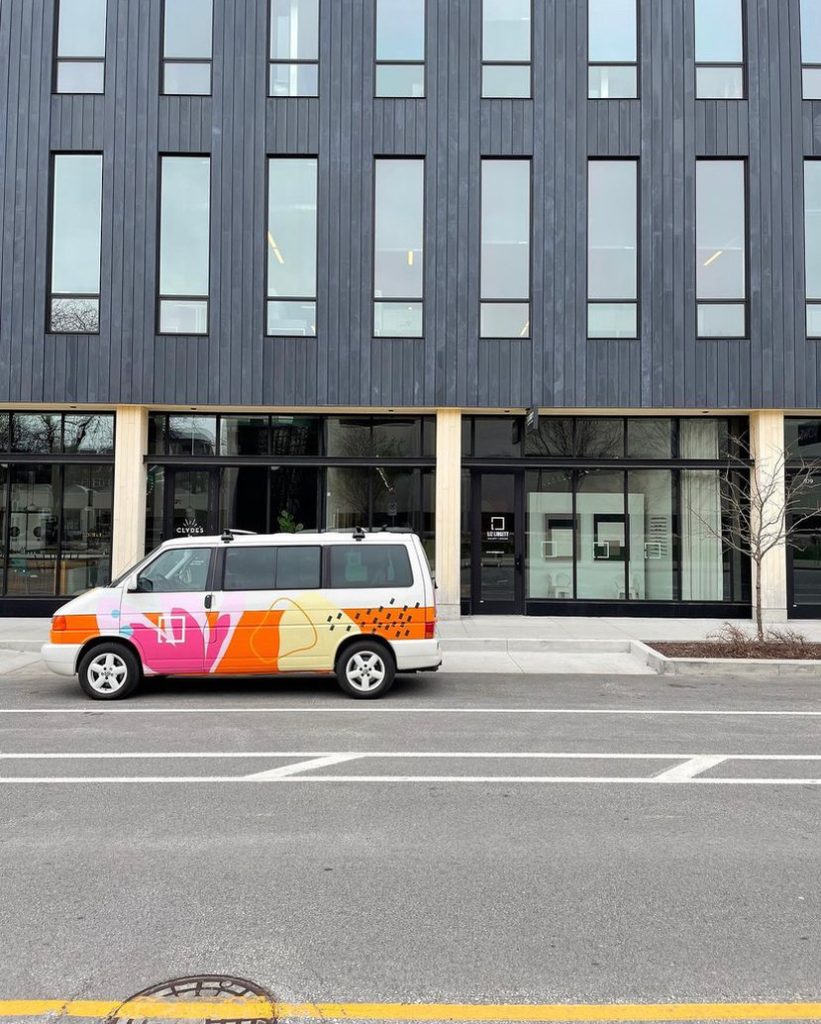
“I am so grateful to bring an eye to the fact that there are a lot of incredible artists and creativity coming out of the Midwest,” emphasizes Lidgett. “I love the idea that a small gallery in Des Moines, Iowa is shipping out amazing works of art to every corner of this country and around the world.” Sending art to 45 different states and seven countries, the gallery shares its thoughtful and transparent practices and, with it, a belief that art is and should be accessible for everyone.
Hero image by Adam Albright Photography, courtesy of Liz Lidgett Gallery and Design


